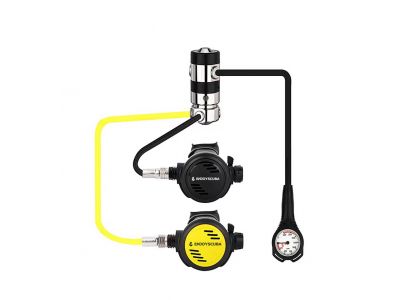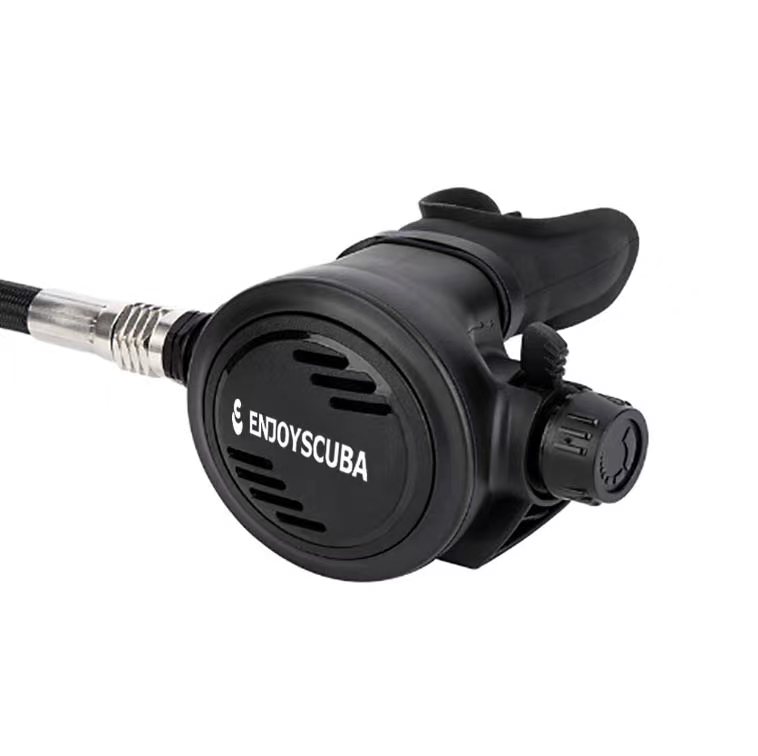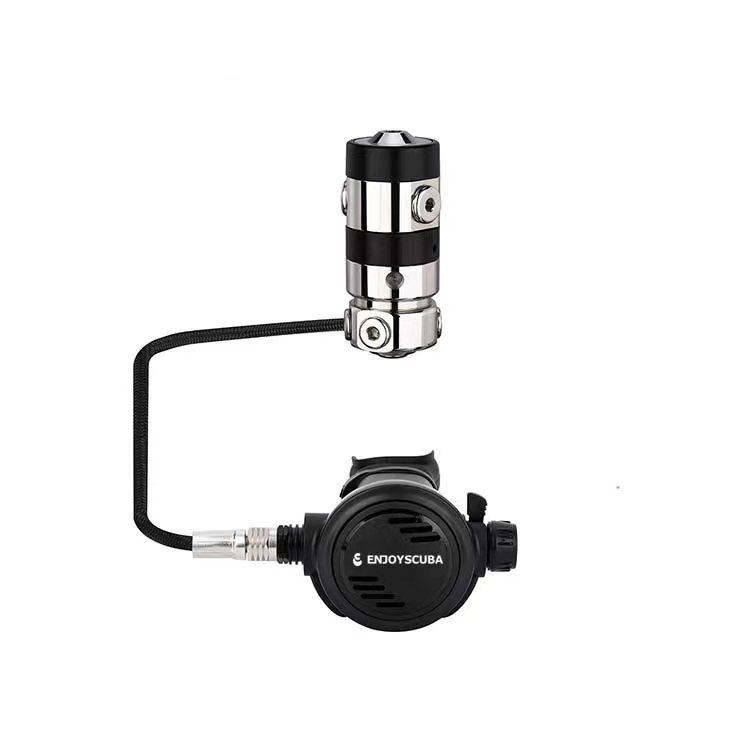
Depending on where you’re purchasing and whether you ask, you may not have a choice. In North America, most retailers will offer yoke/A-clamp by default. In Europe or the U.K., you’ll most likely have the option to purchase a DIN. For more on the difference between a yoke and DIN configuration. If you intend to do lots of deep or technical dives, or ones in overhead environments, we recommend DIN regulators. This connection tends to be stronger and is preferred for that type of diving. You can easily convert DIN regulators to yoke/A-clamp configurations with an adaptor (usually an additional purchase). You can also remove a donut fitting from the valve face. That said, most first-time regulator purchases, at least in the U.S. and tropics, will be yoke-style. You can convert these to DIN as well.

While price shouldn’t be the only deciding factor on such a crucial piece of equipment, economics of course play a part in the decision-making process. Unbalanced regulators are at the lower end of the price spectrum. With both piston and diaphragm designs, these typically breathe a little harder as the tank pressure drops, when you’re breathing at deeper depths, or when two divers breathe at the same time. Balanced regulators tend to breathe evenly across the dive, both at depth and when your tank pressure drops. If money is no object, many are available in titanium or colored finishes. If you regularly dive at deeper depths, beyond 80 feet (24 m) or in challenging conditions, such as cold water or strong currents, then a balanced reg is the way to go.

If you’ll be diving in cold water, an environmentally sealed regulator prevents potential freezing, which could result in a free-flow. In Europe, regulations require an environmentally sealed regulator for diving in waters as cold as 35 to 39 F (2 to 4 C). A sealed regulator also prevents debris build-up if you’re diving in waters that are high in silt, sand or other particulates. This type of regulator does tend to be more expensive. If you cannot afford this feature when you buy it, you may be able to adapt or upgrade the regulator at a later date.